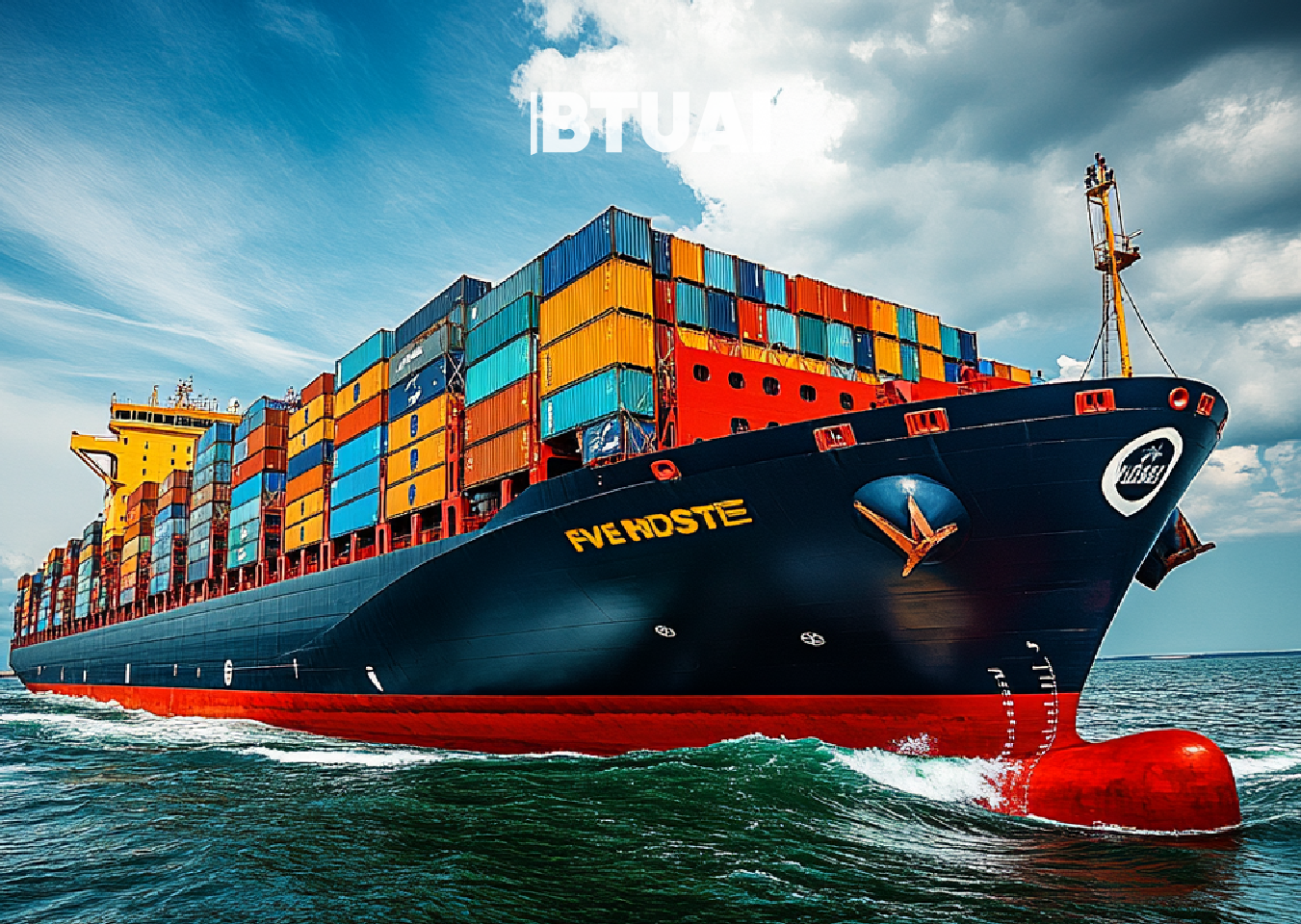Red Sea Crisis: A New Threat to Global Trade Forcing a Rethink of Supply Routes
The Red Sea is one of the most critical arteries of global trade — around 12% of all international

The Red Sea is one of the most critical arteries of global trade — around 12% of all international shipping passes through this route. At its heart lies the Suez Canal, a key connector between Europe and Asia. But since late 2023, the situation has shifted dramatically: attacks on commercial vessels by Yemen’s Houthi rebels have forced major shipping companies to reroute their vessels around southern Africa. This detour adds up to 10 extra days of travel and significantly increases costs.
As of April 2025, the attacks are still ongoing. In response, the United Nations Security Council passed a resolution in January 2024 urging the Houthis to cease attacks and granting member states the right to protect their vessels. Despite the resolution, real security guarantees remain elusive. Companies like Maersk and MSC continue to avoid the Red Sea, turning what was a regional conflict into a systemic disruption of global trade.
The impact is already visible in consumer markets. Disruptions in shipping are driving up prices — especially for food products and electronics. Increased transportation costs are filtering directly into final consumer prices. Meanwhile, the Suez Canal’s role in transporting oil and liquefied natural gas to Europe makes energy markets more volatile, amplifying global uncertainty.
Climate conditions are compounding the crisis. In the Panama Canal, water levels have dropped to historic lows, slowing down transits there as well. For the first time in decades, both of the world’s main shipping arteries — Suez and Panama — are simultaneously under pressure.
Governments and international organizations are trying to restore maritime security in the Red Sea. But businesses are already adjusting. There’s growing interest in relocating production to closer regions — such as factories in Mexico and Southern Europe — and the India-Middle East-Europe Economic Corridor is gaining traction as a long-term alternative.
The Red Sea crisis is a stark reminder of how fragile the global trading system really is. While it’s pushing the world back toward longer shipping routes from the past, it’s also accelerating a deeper transformation — one where resilience, diversification, and regional strategies matter more than ever.




